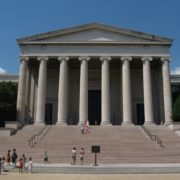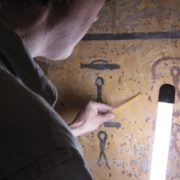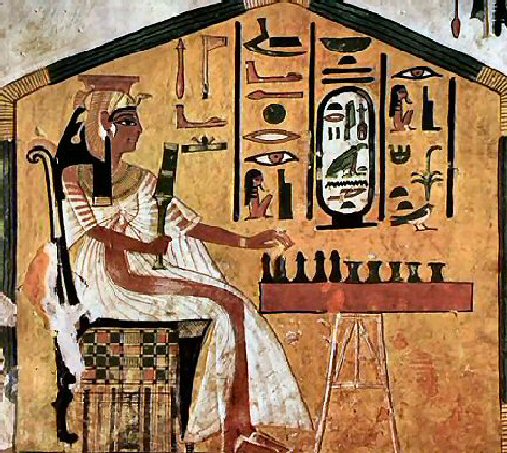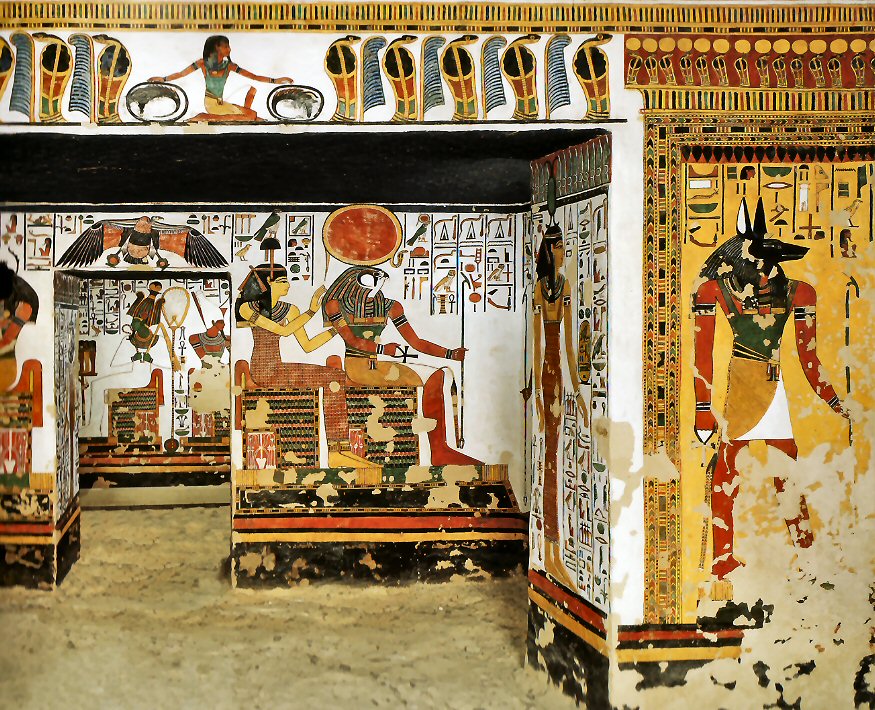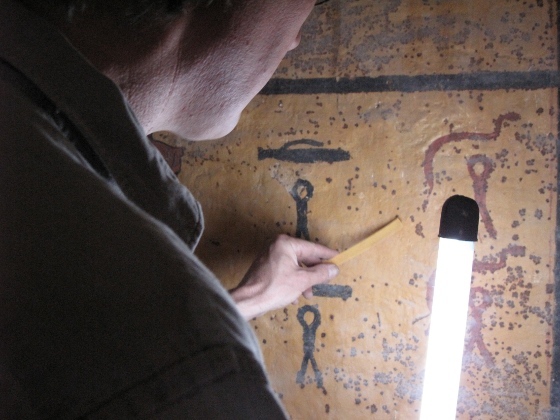Corcoran Questions: Mistrust as the Collection is Dismembered in Washington.
Ruth Osborne
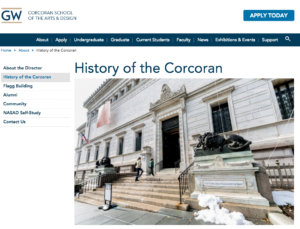
Corcoran School of the Arts & Design website.
The new page for the Corcoran School of the Arts & Design on George Washington University’s website uses an image from the original landmarked Beaux-Arts gallery on 17th St. NW to connect with the history of what was the oldest art museum in D.C.. This year, the School and the Gallery embark upon a disjointed future, being now partly the property of GWU, and partly the property of the National Gallery of Art.
Over the past few weeks, criticism of the Corcoran’s new caretakers has emerged. This is, however, to be expected, as voices against the Corcoran’s dissolution in August 2014 were rather strong.
The Corcoran’s 17,000-piece collection is currently being filtered through the hands of the NGA with a great deal of secrecy. Granted, this could be maintained with the defense that both are private non-profits that are, by law, not required to make public any decisions or policies. However, Peggy McGlone at the Washington Post has questioned this secrecy, revealing the connection of various group interests with the Corcoran’s future. With over $100 million in public funds, supplied through the federal government, where is the place of the public trust in this process? As one interviewee has demanded, “How can a federal institution not be transparent?” The lack of transparency has, unfortunately, led to a good deal of confusion and mistrust from the arts community awaiting the NGA’s reveal of their final selections.
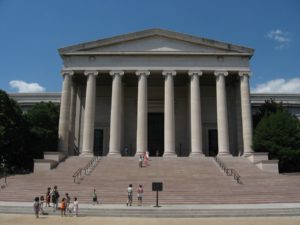
National Gallery of Art. Courtesy: Boomsbeat.
Lee Rosenbaum has also questioned the lack of a known timeframe for the NGA to sift through the Corcoran’s works. Comments from the NGA suggest their interest in selecting the best works for “filling gaps” in their own collection, with the rest to be divvied up amongst other museums that have the right connections to tug on. What is also missing is a clear plan for the GWU’s promised renovations of the 17th St. former gallery building. Concerns surrounding the treatment of this landmarked site has also drawn together D.C. preservationists and the Save the Corcoran group in order to insist upon proper maintenance and preservation. Despite throwing off any concern for public trust, these voices appear to be demanding consideration.
These and other questions remaining as the Corcoran continues into an unknown future lead us to the larger issue of the corporatization of art collections and museums. This century has thus far witnessed the few behemoths at the top expand, while the relevance of the small historic house museum is questioned. Meanwhile, historic collections spaces are being relinquished by museums that, interestingly enough, are are rather important players in the world of art. Take, for instance, the Whitney’s recent long-term lease of its historic Breuer building to The Metropolitan Museum of Art, and the removal of the Barnes collection to from its original home in Merion, PA to Philadelphia. These two cases in particular are linked to issues of insufficient funding and board management. Be on the lookout, as there is more to be seen in the months to come concerning how artistic and cultural heritage are stewarded into the 21st century.
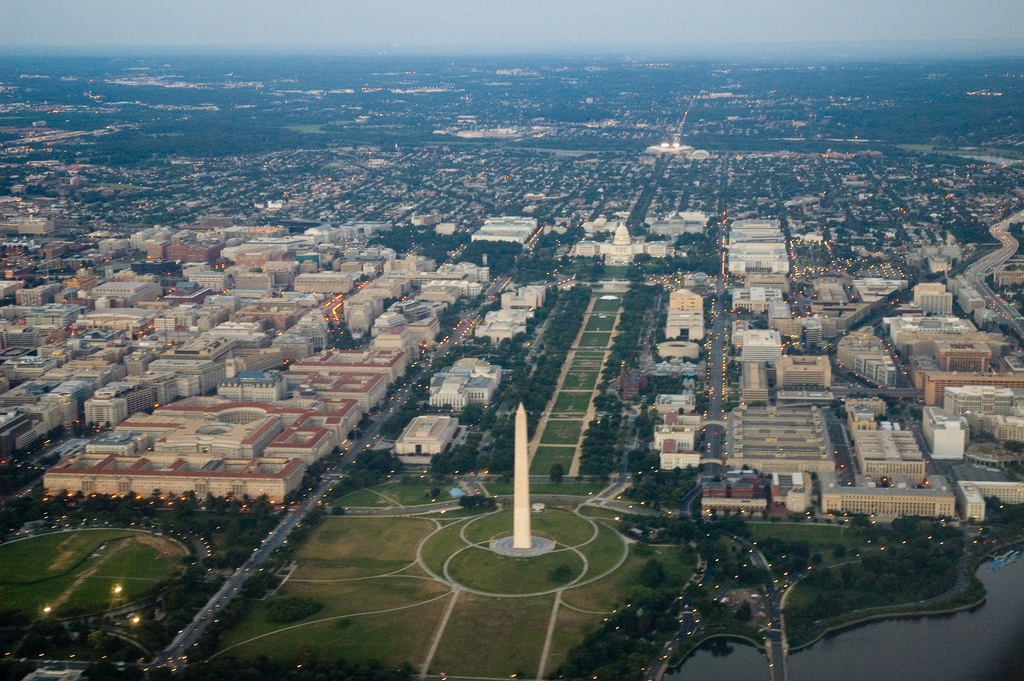
Aerial view of the Mall, with the NGA in the distance on the left. Courtesy: Joshua Brousel.

